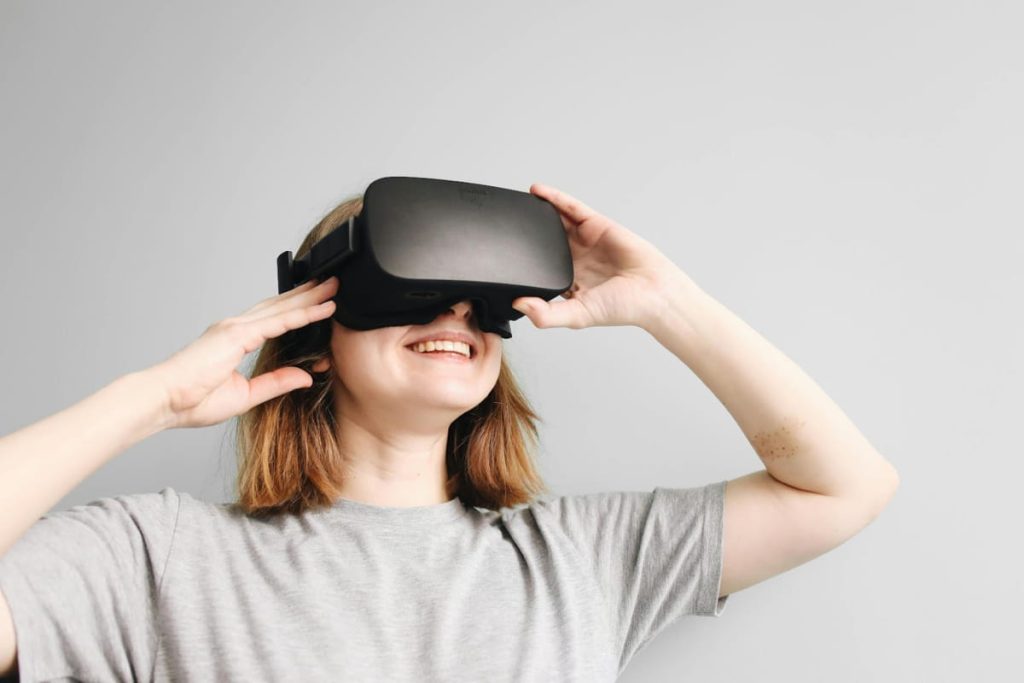
The Magic of Real-Time Rendering
What if designers could see alterations in their designs immediately and not have to wait hours or even days for a single hi-res image to render? That is the beauty of real-time rendering, and this is one of the most revolutionary features in the last few years. It has revolutionized the development of video games, virtual reality, and interactive simulations. Owing to GPUs and complex algorithms, real-time rendering tools and technologies like Unreal Engine and Unity let writers and artists design rich environments and characters with asset performance in mind. This feedback loop not only accelerates the development cycle but also enhances the fun levels for the users. It is like having an online sandbox that is readily malleable to make changes and adjustments for the best results.
Photorealistic Rendering
Photorealism is about getting the image as close to the actual as close to photorealism as possible and as recent developments have revealed, it can get much closer. Such methods as path tracing and ray tracing are at the center of this advancement. Path tracing replicates how light goes through a scene and bounces off different surfaces to produce very realistic lighting. At the same time, ray tracing follows the rays of light as they reflect off a scene and produce extremely realistic reflections and shadows. These technologies are becoming affordable mainly because of the rising capabilities of consumer-grade GPUs.
2D Rendering: The Unsung Hero
This is especially the case with 3D rendering. However, 2D rendering is not stagnant and is being developed in many interesting ways. New generation 2D rendering utilities are quite advanced and have incorporated elements that are quite helpful in creating complex illustrations and designs. Adobe Illustrator, CorelDRAW, and others are now using vector-based rendering technology so that the quality does not distort when the picture is enlarged. AI is also making headlines in the two-dimensional environment. The AI tools help designers eliminate repetitive work, get design suggestions, and even create new elements based on the inputs given by the designer. It also accelerates the process of creating a design and expands the field of possibilities, which is beneficial since artists can spend more time on what they like to do most: create.
The Cloud Revolution
Cloud computing has played a significant role in rendering, which provides high-performance functions without requiring high-end hardware. Rather than using high-priced local machines, users can easily access render requests from remote servers instead. This is a huge advantage for small studios and independent creators who cannot afford to invest in expensive equipment. Cloud rendering also brings versatility to the rendering process. Users can increase or decrease the amount of computing power they use depending on their current requirements, thus being able to meet large projects as well as peak traffic. Also, the cloud makes it easy for people in different localities to work on the same project, thus increasing productivity and innovation.
What Lies Ahead
Turning to the future, several trends that will define the rendering world are identified. It can be predicted that the integration of AR and VR with rendering software will become even closer, which will significantly increase the level of interaction. Sustainability is also on the list of concerns with the goal of minimizing the rendering’s negative effects on the environment due to the use of energy-consuming hardware and the optimization of the software. For those who work in the areas of architecture and real estate, it is critically important to learn about these innovations as they may influence the success of the projects. For instance, enhanced visualization can help you estimate site plan costs and help in making more informed decisions. Architecture and real estate businesses can attest that monitoring the trends in rendering can go a long way in defining the outcome of the projects.
Conclusion
3D and 2D rendering is still a progressive field that only develops through technologies and inventions. Several of the adjustments that such innovations introduce to this industry include real-time rendering, photorealism, AI, and Cloud computing. Thus, any person who has dreams of becoming a graphic designer, a web developer, or anybody who wants to be relevant in the designing profession should ensure that they are conversant with these trends to reap from all that is available in the market.
Author Bio
Jenny Fries is a freelance pen concentrating on business, health, life, and technology content. She offers freelance SEO Content jotting and blogging services. When not writing, Fries enjoys traveling, cooking, and writing trip planners.
Sources:
3D Rendering: The Science and techniques in Animations
https://ieeexplore.ieee.org/abstract/document/9522577
https://www.neliti.com/publications/428667/recent-trends-in-virtual-reality-and-computer-graphics
